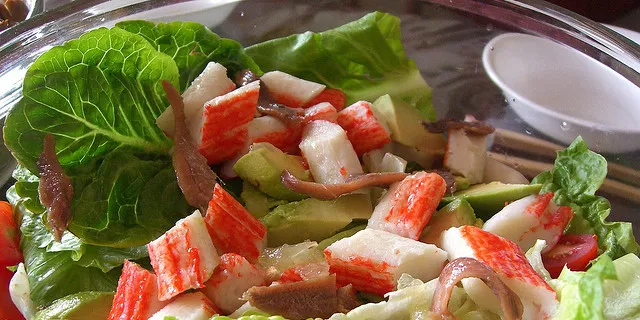Surimi Forum 2015 blog: Production by the numbers
IntraFish Reporter Avani Nadkarni is reporting from the 15th Surimi Industry Forum in Astoria, Oregon.

IntraFish Reporter Avani Nadkarni is reporting from the 15th Surimi Industry Forum in Astoria, Oregon.
